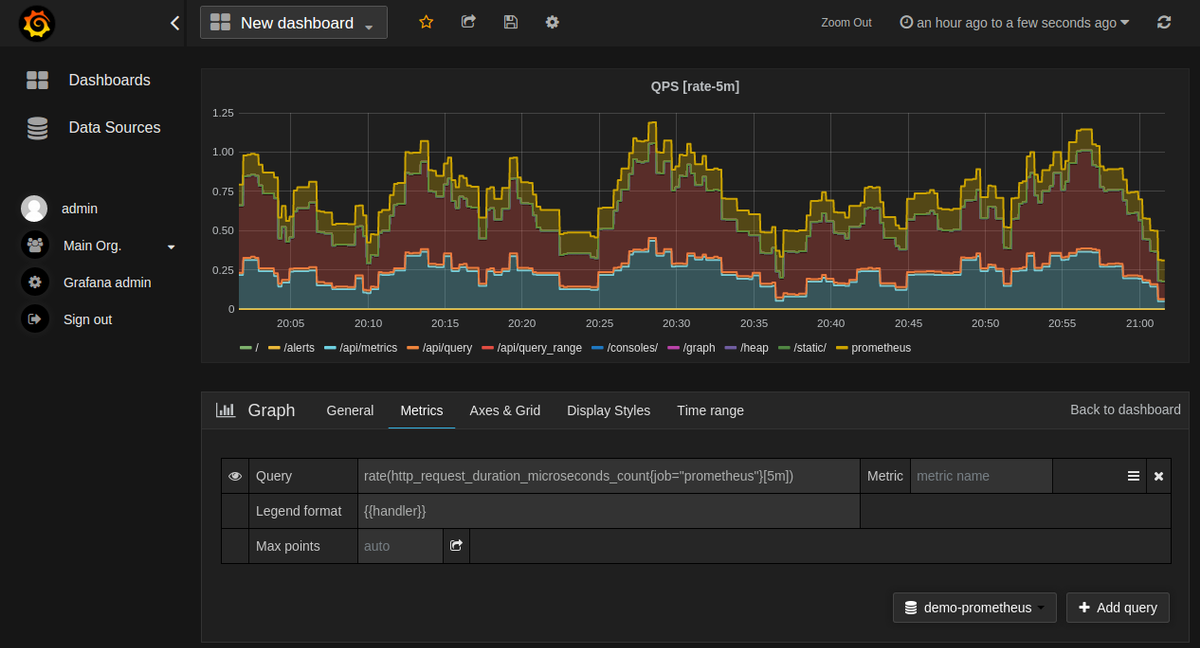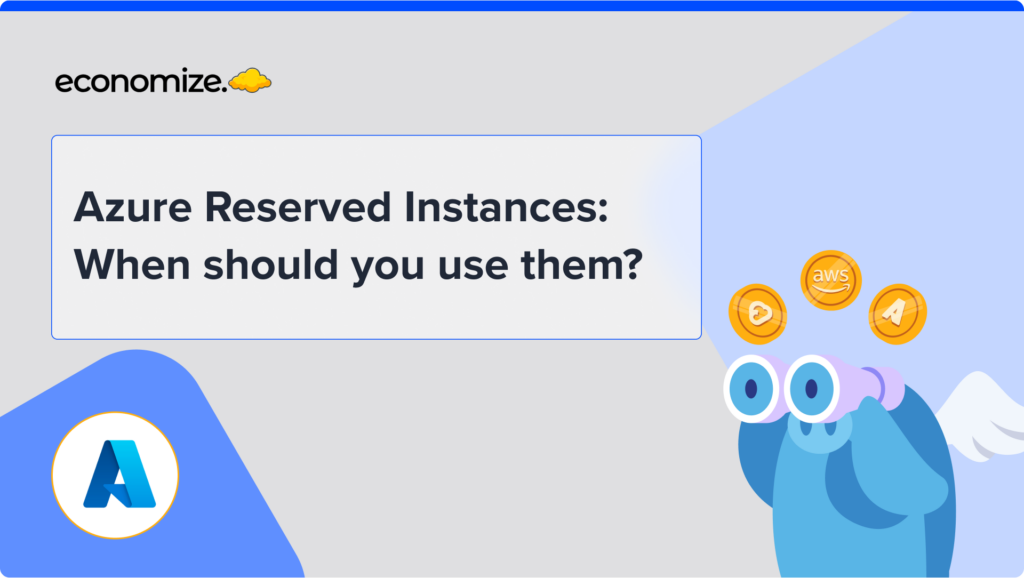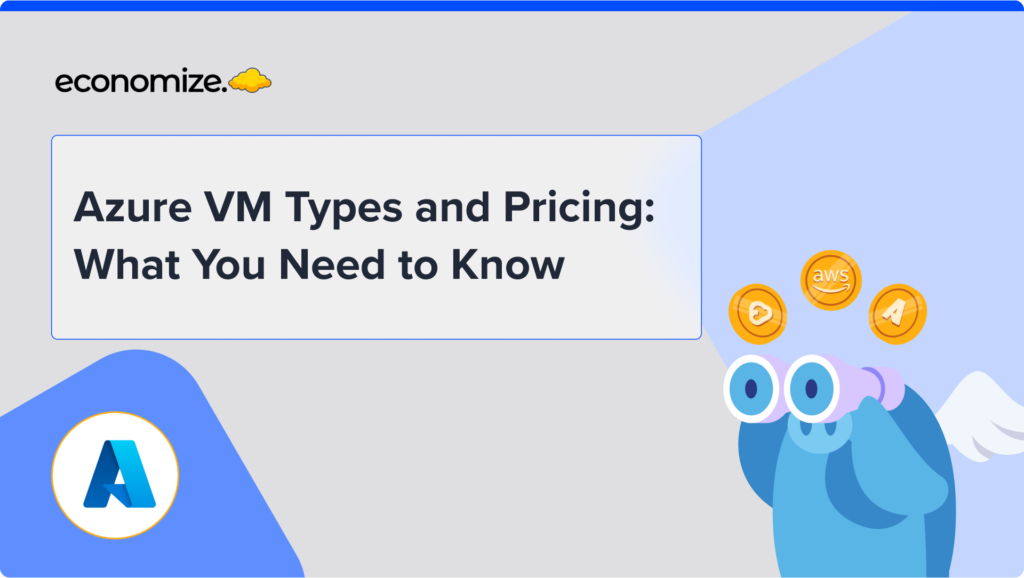What is an Open-Source Cloud Cost Management Tool?
The cloud era has undoubtedly revolutionized business operations, offering unmatched flexibility and scalability. Yet, these benefits come with their own set of challenges, primarily the spiraling cloud costs.
For many organizations that embark on the cloud journey without a well-defined financial operations (FinOps) strategy, the costs can swiftly snowball into thousands, or even millions, per month. It’s like having a car with an impressively powerful engine, but without a functional fuel gauge or speedometer. You’re sure to enjoy the ride, but you’re flying blind when it comes to resource consumption and expenditure.
The Open-Source Solution
This is where open-source cloud cost optimization tools make their grand entrance. These tools act as your cloud vehicle’s essential instruments, offering critical visibility into resources and reinstating your control over cloud costs. By aligning cloud spend with your organization’s objectives, these tools ensure your expenditure propels you toward your goals instead of burying you in financial stress.
Their standout feature? They’re a cost-efficient alternative to premium services – an optimal choice for businesses aiming for cost efficiency without sacrificing functionality.
In this article, we’ll embark on a journey through the landscape of open-source cloud cost optimization tools. We’ll explore the pros and cons of these solutions, provide pointers on choosing a suitable tool, and offer insights into some of the industry’s leading options. Let’s dive in!
Open-Source vs Premium Cloud Cost Management Tools
With organizations heavily investing in cloud services, keeping a check on costs is vital. Open-source cloud cost management tools offer an affordable way to achieve this, but like any solution, they come with their own set of benefits and challenges.
Benefits
1. Cost-Efficiency: Undeniably, the prime advantage of open-source tools is their cost-effectiveness. Without the need for costly licenses or subscriptions, they provide a financially sensible route for organizations to keep their cloud expenses in check.
2. Customizability: Open-source tools are renowned for their flexibility. As their source code is accessible, these tools can be tailored to align with the specific needs and goals of your organization, providing a personalized cloud cost management solution.
3. Community Support: Open-source tools are typically supported by robust communities of developers and users. This community support often translates into regular updates, comprehensive documentation, and forums where you can find solutions to problems or share innovative uses for the tools.
4. Transparency: With open-source tools, what you see is what you get. The availability of the source code offers complete transparency, allowing your team to understand precisely how the tool operates and assuring there are no hidden functionalities that could pose security risks.
Challenges
1. Requires Technical Expertise: While customization is an advantage, it also requires a certain level of technical expertise. Not all organizations have the resources or skills necessary to modify and maintain the open-source tools.
2. Limited Formal Support: Unlike proprietary tools that come with dedicated support, open-source tools rely mainly on community support. While this can be incredibly valuable, it can also lead to varying levels of assistance and may not guarantee timely help when needed.
3. Compatibility and Integration Issues: Open-source tools can sometimes face compatibility issues with other systems or software. Moreover, integrating them with existing infrastructure might require additional effort and technical knowledge.
4. Uncertainty Over Longevity: The longevity of open-source projects can be uncertain. If the community behind a tool loses interest or moves on to other projects, updates may slow, and the tool might become outdated or unsupported.
Keep in mind, that depending on your workloads, applications, and use cases, it might be a better option to select a leading third party cost optimization tool that work best with your cloud infrastructure.
In the following sections, we’ll provide a closer look at some of the top open-source cloud cost optimization tools of 2023 to help you make an informed decisions.
The Best Open-Source Cloud Cost Optimization Tools
As businesses continue to ride the wave of cloud adoption, keeping a tight rein on cloud costs has become a top priority. In this context, open-source cloud cost optimization tools have emerged as an invaluable ally for organizations seeking to control their cloud spending without adding to it.
Let’s take a closer look at some of the top players in this field.
Economize
Although not exactly an open-source tool, Economize offers a free tier for users to track up to $10k in cloud spend, allowing businesses to get an understanding of its effectiveness. It provides one of the most convenient billing console systems, offering an overview of monthly expenditures, unit costs, budgeting strategies, instance visibility, and much more.
Unlike other cloud cost management products, Economize doesn’t merely detect inefficiencies; it also addresses the influencing factors and sets up guardrails and preventative measures to ensure constant optimization. Tailored uniquely to your organization, it takes size and other common hurdles out of the equation, providing the most granular cloud cost visibility service in this ever-changing environment.
Economize also offers a complementary cost audit for both AWS and GCP environments.
Advantages:
- Economize’s dashboard, filled with smart insights, delivers crucial information for decision-making.
- Allows in-depth viewing of expenditures, resource utilization, and unit costs.
- Integrations with BigQuery, Datadog, and Slack for enhanced efficiency across multiple projects and teams.
- Automatic anomaly alerts with real-time updates and detailed information on influencing factors.
- Intelligent recommendations to eliminate under-utilized resources, with optimization tips tailored to specific use cases.
Kubecost
Kubecost is an open-source solution that specializes in providing visibility into Kubernetes resource usage and associated costs. Designed with the specific needs of Kubernetes users in mind, Kubecost supplies real-time data, empowering organizations to remain abreast of their cloud spending.
Kubecost makes it possible to accurately allocate costs, to aggregate them effectively, and even to project future spending. This comprehensive view simplifies the complex task of tracking cloud expenses across multiple departments or projects, ensuring precise cost accountability and enabling informed budgeting.
Pros:
- Kubecost’s Kubernetes-specific cost management capabilities offer an in-depth and granular understanding of costs.
- It enables cost allocation based on various Kubernetes-specific parameters, such as namespace, label, or deployment.
- Offers extensive support for spot instances.
- Its cost comparison feature facilitates the identification of potential cost-saving opportunities by contrasting the expenses associated with different Kubernetes resources and services.
Cloud Custodian
Cloud Custodian, an open-source tool developed by Capital One, serves as a potent rules engine explicitly designed for AWS cloud management. It enables users to create custom policies to ensure a well-managed, secure, and cost-optimized cloud infrastructure. Its versatility extends to aspects like resource tagging, idle resource detection, and enforcing least privilege access based on usage – making it a well-rounded choice for organizations heavily invested in AWS.
Pros:
- Cloud Custodian’s policy-as-code approach gives users considerable control over their AWS resources.
- It extends beyond cost management, offering functionalities that help improve security and maintain compliance.
- The tool provides integration with AWS CloudTrail to audit API calls and correlate cost with usage.
Cons:
- While powerful and flexible, Cloud Custodian’s policy-as-code approach may have a steep learning curve, particularly for non-technical users.
- Its tight integration with AWS makes it less suitable for businesses using multi-cloud or non-AWS cloud environments.
Grafana
Grafana is a renowned open-source platform recognized for its advanced data visualization capabilities. While not explicitly a cloud cost management tool, it is flexible enough to integrate with numerous data sources, making it possible to track and monitor cloud costs when used in conjunction with other tools and plugins. Grafana’s strength lies in its powerful and customizable dashboards that provide valuable insights into your cloud cost data.
Pros:
- Grafana supports a wide array of databases, making it a versatile choice for visualizing and analyzing cloud cost data.
- Its customizable dashboards offer a visually appealing and easily digestible view of complex cloud cost data.
- The tool integrates with other cloud cost management tools to enhance data visualization and reporting capabilities.
Cons:
- Grafana, on its own, is not specifically a cloud cost management tool and requires integration with other tools for complete functionality.
- Users might need to grapple with a learning curve to fully leverage its extensive data visualization capabilities.
Prometheus
Prometheus, like Grafana, is another open-source monitoring and alerting toolkit. Its strength lies in providing real-time metrics and alerting for system health, which can be utilized to gain insights into cloud usage and costs. Though not primarily a cost optimization tool, Prometheus, when used with Grafana, provides a potent combination for cloud resource tracking and cost management.
Pros:
- Prometheus offers powerful real-time monitoring and alerting capabilities, which can be effectively used for cost optimization.
- It seamlessly integrates with Grafana for advanced data visualization.
Cons:
- It’s not a standalone cloud cost management solution and requires pairing with other tools for a comprehensive approach.
- As Prometheus primarily focuses on system health metrics, its cost-specific functionalities are limited.
Infracost
Infracost focuses on providing cloud cost estimates for Terraform projects. This open-source tool aids developers, DevOps, and others in visualizing the cost implications of infrastructure-as-code (IaC) changes within pull requests. Infracost bridges the gap between development and finance, allowing for proactive cost management during the development cycle.
Pros:
- It offers integration with popular CI/CD platforms, enabling automatic generation of cost estimates before the infrastructure is even deployed.
- Infracost supports a variety of cloud providers, increasing its usability for organizations with a multi-cloud strategy.
Cons:
- Its functionality is specific to Terraform, which could limit its applicability for organizations using other IaC tools.
- It provides estimates rather than actual cost reporting, which might not fully satisfy the needs of some businesses.
Apache CloudStack
Apache CloudStack is an open-source, multi-tenant, Infrastructure as a Service (IaaS) platform. It supports a broad spectrum of hypervisors and deals with non-technical aspects of cloud services like metering and billing. While CloudStack’s main thrust is orchestrating and managing large networks of virtual machines, its ability to handle cost management aspects makes it a versatile choice for businesses seeking a comprehensive IaaS solution.
Pros:
- Apache CloudStack is compatible with a wide range of hypervisors, making it a flexible choice for diverse cloud environments.
- Its comprehensive IaaS capabilities make it a one-stop solution for businesses looking for cloud service management and cost optimization.
Cons:
- Given its broad feature set, CloudStack might be overkill for businesses seeking a tool focused exclusively on cloud cost management.
- There might be a steep learning curve given its comprehensive feature set.
OpenStack
OpenStack represents a comprehensive set of software tools for establishing and overseeing cloud computing platforms for both public and private clouds. Born from the collaboration of Rackspace Hosting and NASA, this open-source platform gives businesses detailed control over large volumes of computing, storage, and networking resources. From handling bare-metal, network, and storage provisioning to orchestrating high-level activities like data orchestration and access control, OpenStack truly is a one-stop-shop for cloud infrastructure management.
Pros:
- OpenStack’s open-source nature provides businesses with a high degree of customization, allowing them to tailor their cloud infrastructure to their specific needs.
- Its ability to manage multi-tenant cloud environments helps businesses create a more secure and isolated environment for their applications and services.
- With its broad and active community, OpenStack users benefit from shared knowledge, frequent updates, and a robust ecosystem of compatible tools.
Cons:
- While OpenStack’s scalability is an advantage, it can become a double-edged sword if not managed properly, potentially leading to over-provisioning and increased costs.
- Deploying and maintaining an OpenStack environment can be complex, requiring expertise in various technologies and domains. This complexity can pose operational challenges and even slow down cloud deployment timelines.
- OpenStack’s API compatibility with major cloud service providers isn’t comprehensive. Therefore, organizations may face integration issues when working with certain cloud platforms.
ManageIQ
ManageIQ is a robust, open-source management platform designed to provide enterprises with the ability to manage IT infrastructure across various providers. It’s like the Swiss Army Knife of IT operations, capable of managing cloud and virtual environments, containers, and more. From policy enforcement to monitoring and automation, ManageIQ aims to equip IT teams with a single, unified platform to manage their operations.
Pros:
- ManageIQ’s provider-agnostic architecture ensures it can operate seamlessly across various cloud environments, maximizing its relevance irrespective of the chosen cloud provider.
- The platform’s strong focus on automation can significantly reduce manual intervention in day-to-day operations, freeing up time and resources that can be redirected towards core business activities.
- Its ability to provide a unified view of the entire IT infrastructure helps in streamlining operations, reducing complexities, and facilitating better decision-making.
Cons:
- While ManageIQ is a comprehensive solution, its wide range of capabilities might go beyond what some organizations require, leading to potential underutilization of the tool.
- The platform’s emphasis on automation means that proper configuration is crucial, and mistakes in setting up workflows and policies could lead to inefficiencies or even operational issues.
- As ManageIQ aims to manage a diverse range of IT operations, it might not offer the same depth of features as tools specifically focused on cloud cost management.
Conclusion
In the world of cloud computing, cost optimization is the lighthouse guiding businesses safely through foggy financial waters. These open-source cloud cost optimization tools are the beacon of light, illuminating the way to responsible and sustainable spending. They aren’t just tools, but financial compasses, ensuring that your cloud journey remains on course, aligned with your business objectives.
Through our exploration, we’ve seen the diverse capabilities these tools offer. If you’re considering migrating from on-premise to cloud, we recommend calculating your Cloud TCO (Total Cost of Ownership) and identifying areas of cost reduction.
Just as a master chef knows the right blend of ingredients for a perfect dish, organizations with a thorough FinOps strategy know how to mix the right practices for achieving cost efficiency in cloud computing. Experience firsthand how Economize can streamline your cloud cost management in a concise 5-minute demo.
















